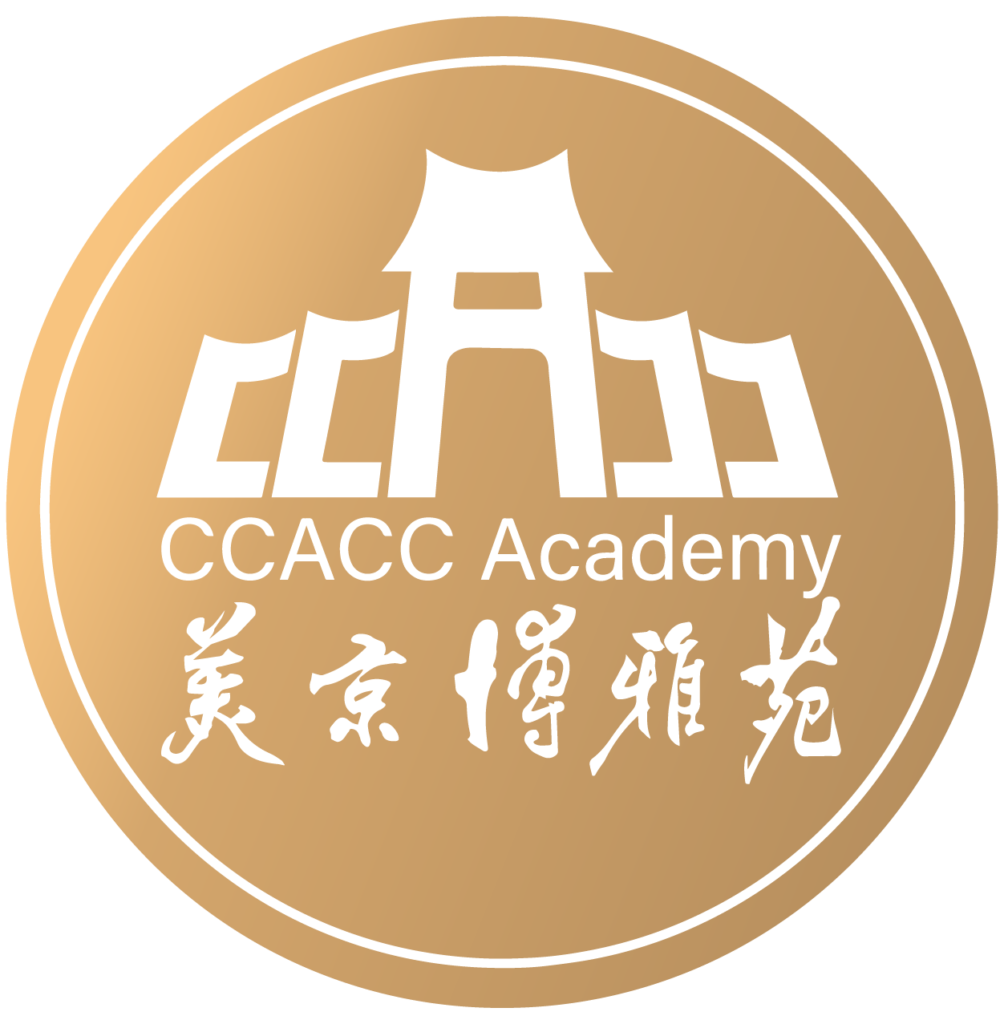By Staci Mathura, Language Arts Instructor
“There is an intimate and necessary relation between the processes of actual experience and education.” (John Dewey 1938)
As an educator and avid researcher of pedagogy, I’ve used many tried and true techniques to engage a range of learning styles. However one of my preferred approaches to engaging students is through the concept of ‘Experiential Learning,” whereby a student learns by a hands on approach, a direct experience or even through observation. Studies have shown that this method has tremendous benefits for the learner and give teachers creative opportunities to enhance the curriculum. As we know, each student has an individual learning style, so where one child can easily grasp a concept in writing, another’s learning style necessitates an actual sensory experience to connect and apply the concept to the real world.
Experiential learning is a model based on the fundamentals of renowned educational theorist John Dewey who wrote about the benefits of experiential education almost a century ago. Dewey advocates for progressive methods to have an experiential component and not rely on content based styles. He argues that by focusing only on content, it eliminates the opportunity for students to develop their own opinions based on interaction with the information. Furthermore the practice of creating hands on learning opportunities enhances learning and creates an invaluable transformative moment for the learner.
While it is undoubtedly important for students to grasp academic concepts through traditional learning and classic methodologies in classroom, it is impactful to create opportunities for concrete experiences. This gives students the opportunity to actively engage in their learning process, and apply the concepts to real world experiences. When teachers create opportunities for students to learn through experiences, they are able to react to new sensory situations, observe and reflect on the experience though direct participation and apply abstract ideas to real world situations.
In my teaching career I have been fortunate to give my students best practices in the classroom as well as outside the class walls so they can absorb and engage with academic concepts in a variety of methods. I have found that not only had the learning experiences made positive impacts on pedagogy, but it created unforgettable moments between the students and teacher. For instance I have done hands on lessons that were visually or tacitly focused, I have taken teenage students on local college tours, to volunteer in the community, to Chicago for a choir festival and even abroad to Paris and Lisbon! Whether the experiential lesson was a small curriculum modification or an international trip, they connected the abstract concept form the classroom to a real and genuine experience for the learner.
Here are some ways that Experiential learning can be beneficial to your child:
- Accelerates Learning
Experiential Learning methodology uses critical thinking, problem solving and decision making to accelerate learning through hands on and concrete experiences. Concepts that are learned in the texts can now be applied in real life scenarios. - Provides a Safe Learning Environment
Taking kids into nature, to museums or even to a restaurant and getting them to have fun will encourage them to try new things while they learn in a safe controlled environment. - Bridges the Gap Between Theory and Practice
By giving learners opportunities to apply text based information in the real world allows them to interact and test out abstract ideas, thus allowing them to retain and build upon concepts and ideas. - Increases Engagement
When students are encouraged to explore and apply their knowledge, they are able to interact with the world in an academic mindset, therefore every new experience becomes a teachable moment and opportunity to absorb information.
- Enables Individualized Learning
To enable personalized learning, the teacher should modify the curriculum to creatively engage the visual, auditory and tactile strengths of her students. The best way to encapsulate all of these learning styles as well as encourage learning is by creating opportunities for students to learn and apply the concepts to real experiences.


Hi there! Such a good short article, thanks!